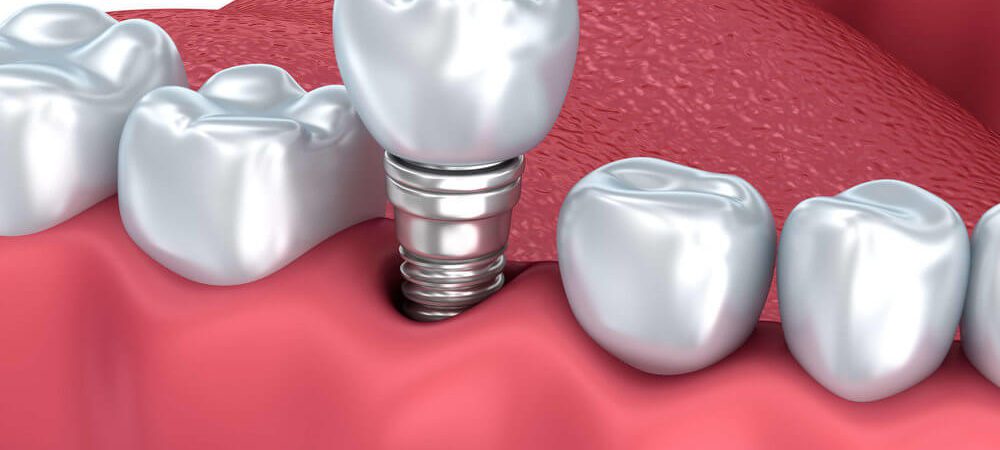Crowns and Bridges

Dental Crowns
What are crowns?
Dental Crowns are composed of porcelain and are used to restore the crowns of teeth that have been structurally compromised. Porcelain crowns are durable and are customized to mimic the form and shade of your natural teeth, seamlessly blending in with natural dentition. The functionality and aesthetics of porcelain crowns have made them a popular treatment option among both dentists and patients.
When would you place a crown?
Crowns are usually indicated in teeth that have suffered trauma or severe decay. Upon removal of compromised tooth structure, the remaining structure is prepared to fit a crown. This preparation is scanned and converted into a digital model. Using this model, a crown is fabricated to match natural shade and form. After the crown is milled, it is placed on top of the preparation, protecting the pulp and remaining tooth structure from chemical and mechanical damage.
The many reasons we may consider placing a crown, include:
- Teeth with carious lesions that have grown too large
- Teeth that are structurally compromised due to decay or fracture
- To cap a tooth after root canal therapy
- Tooth discoloration or cracks
- Replacement of a prior crown.
Dental Bridges
What are Dental Bridges?
Dental bridges are a type of fixed prosthodontic used to restore a single, or multiple missing teeth. The teeth adjacent to the missing tooth/teeth are prepared to act as abutments for the bridge. In the case of multiple missing teeth, implants may be considered instead to act as abutments.
The most common type of dental bridge replaces a single missing tooth, with crowns being placed on the abutment teeth and a pontic replacing the missing tooth. The pontic acts as the ‘bridge’ that covers the space left by the missing tooth.
How are Bridges placed?
The process of placing a dental bridge is quick and can typically be completed in two appointments.
The four steps to placing a dental bridge, including:
- Adjacent teeth will be prepared for crowns
- An impression will be taken/scanned and sent to a lab
- A temporary bridge will be placed
- After fabrication of your bridge, it will be cemented in place
After your bridge has been placed, we will teach you how to properly maintain and care for your new bridge. It’s important to note that while the process of receiving a dental bridge is simple, the process for an implant-supported bridge requires surgery and a few months of healing before the procedure can be completed.

